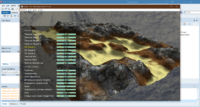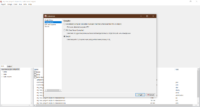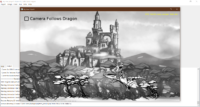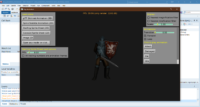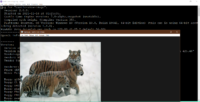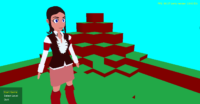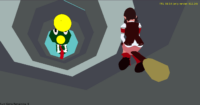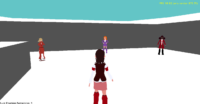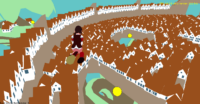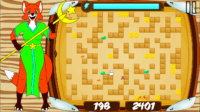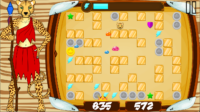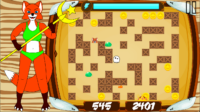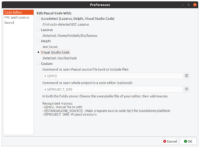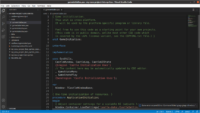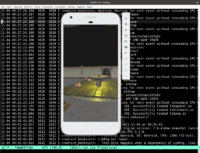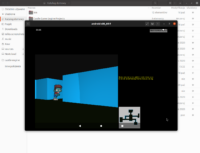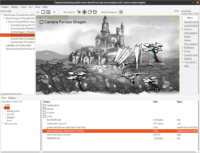 |
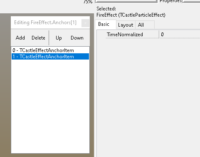 |
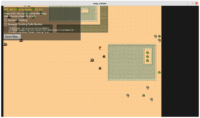 |
-
Thanks to Trung Le (Kagamma), you can now use collection editors in Castle Game Engine Editor just like in Lazarus.
This allows to visually edit e.g. particle effect anchors in cge-3d-particle-emitter or a TDbf.FieldDefs from castle-db-aware-controls.
-
Thanks to Matthias (Free Pascal meets SDL), we have an important Tiled bug fixed — in case you used multiple tilesets within one Tiled map. Testcases are within examples/tiled/map_viewer data.
-
On our quest of simplifying CGE API, we recently removed a useless
TInputListenerclass (it is now a deprecated alias for TCastleUserInterface) and the new non-deprecated name forTUIContaineris now TCastleContainer. -
view3dscene supports a new command-line option
--no-x3d-extensionsif you’d like to convert models from various formats (e.g. glTF) to X3D without any Castle Game Engine X3D extensions. While it may make the models a bit less functional in CGE, it makes them more readily useful with other X3D viewers like X3DOM. -
During the development of The Unholy Society for iOS, we noticed a weirdness with
Releaseevents on iOS, which stem from how iOS reports touchesEnded / touchesCancelled events. There’s nothing we can do about them (and every iOS application suffers from them, as far as we can tell, regardless of the engine/framework used to make it), so they are just documented now at iOS – Known Problems.
